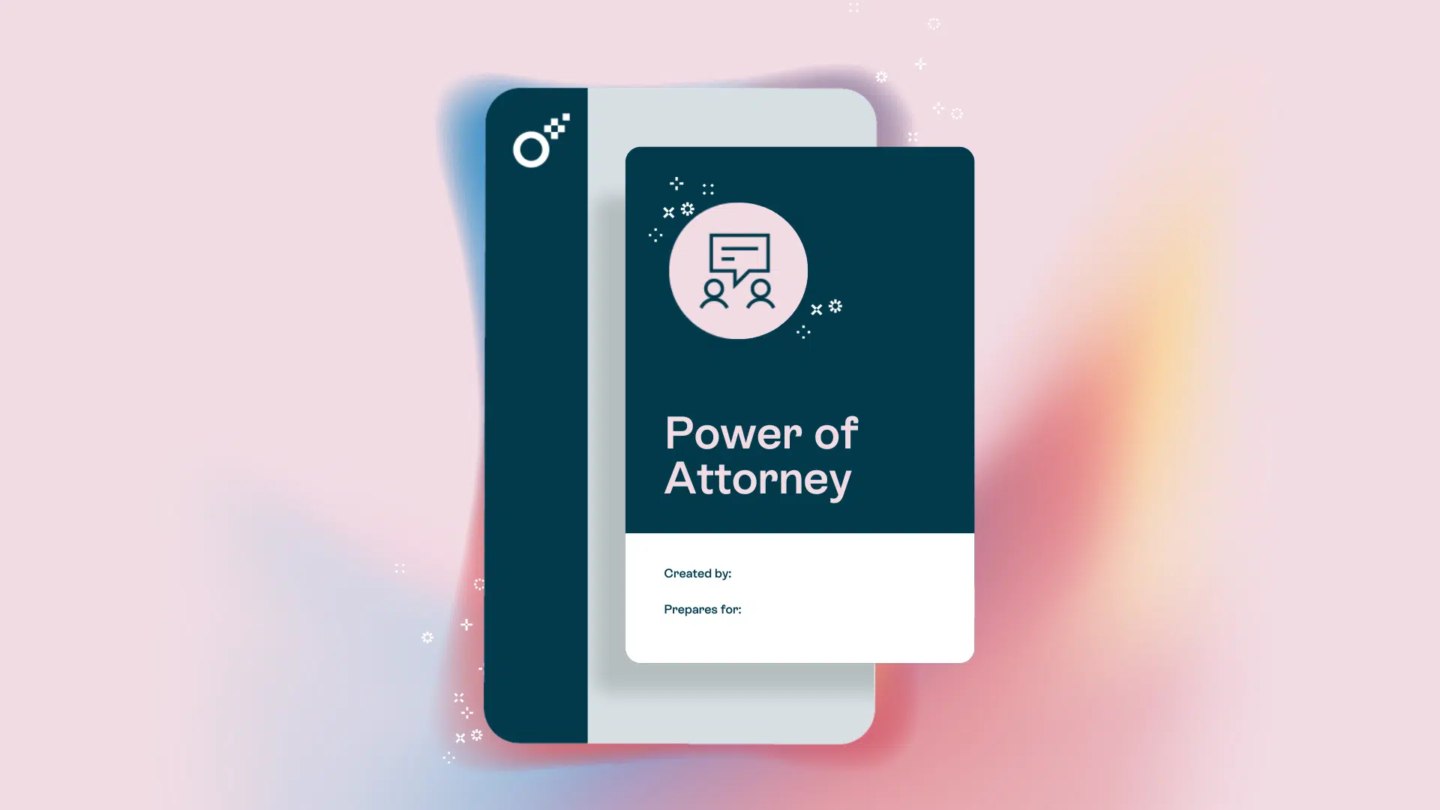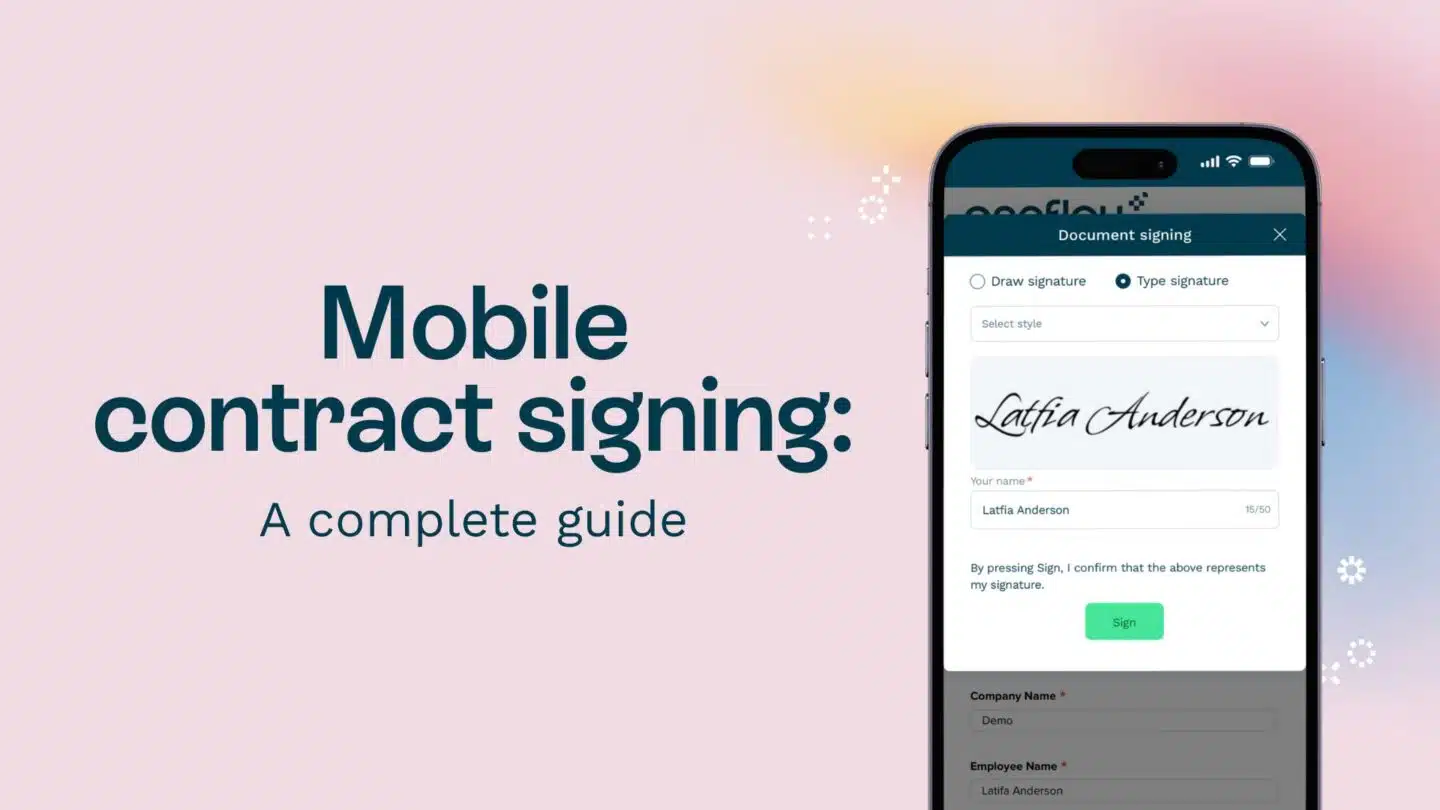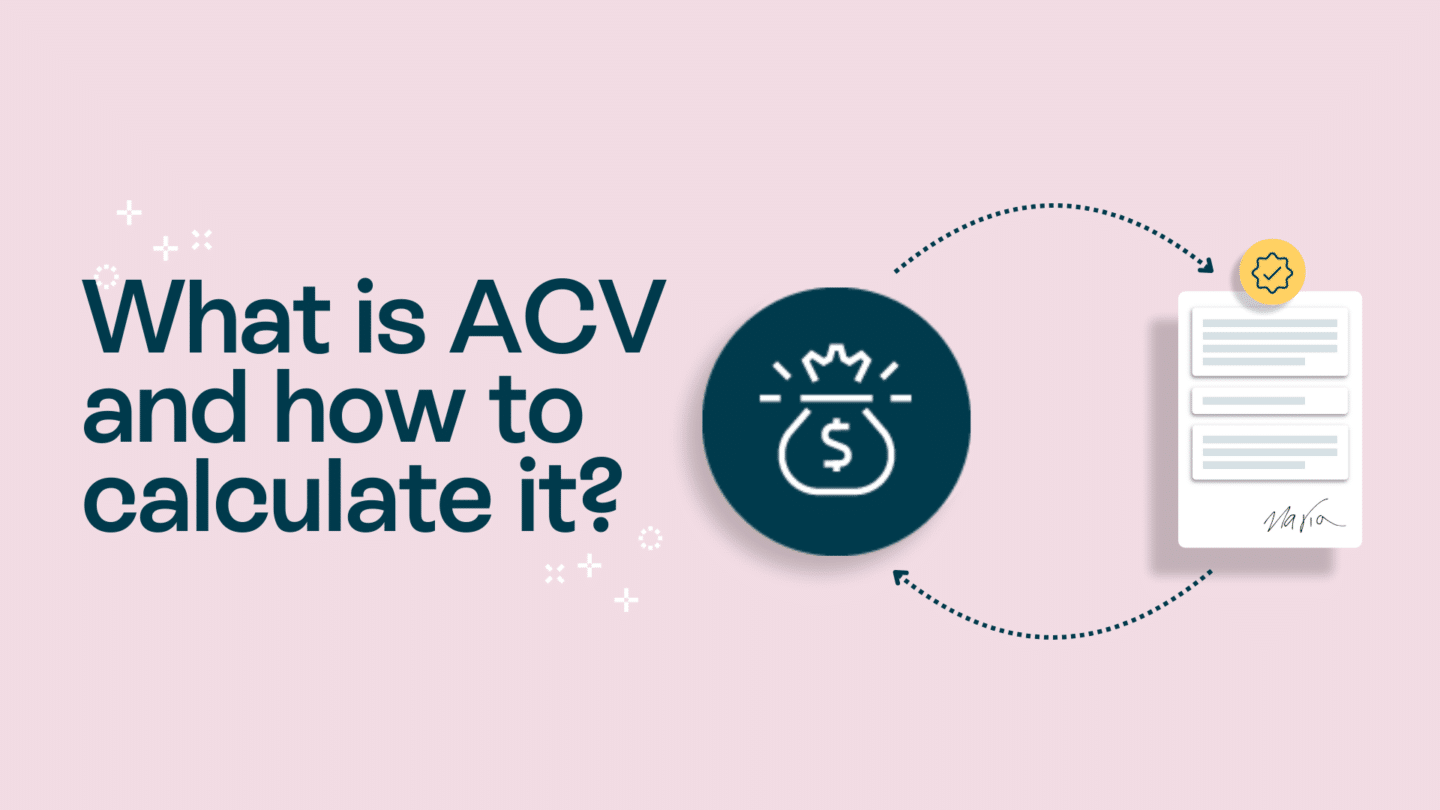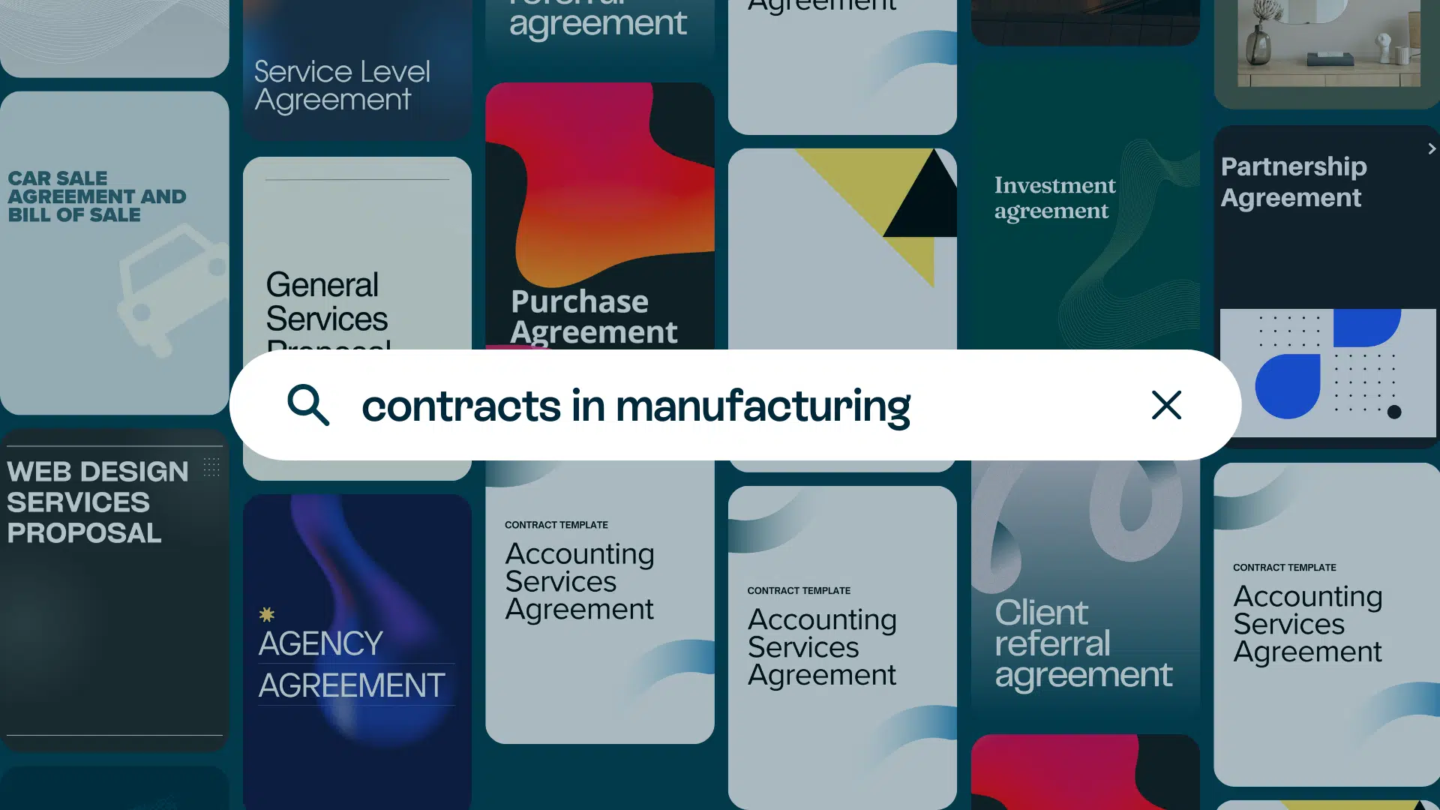If you’re looking to understand the fundamentals of procurement and how to create an effective procurement strategy, this guide to procurement is for you. We’ll take a deep dive into what procurement is, the benefits of it, the process of procurement, and the different types of it. We’ll also take a look at the role it plays in business, and the steps and best practices for success. Finally, we’ll cast our eyes over the advantages and disadvantages of using a procurement system, and the common challenges you may face when getting started.
1. What is procurement?
Put simply, procurement is the process of obtaining goods and services. These goods and services may include raw materials, components, and finished products needed for the production of other goods and services. But it can also involve the management of the contractual relationships between the buyer and supplier of goods and services.
Procurement is an integral part of any organisation. It helps organisations to achieve their goals and objectives. The procurement process ensures that organisations get the best value for their money by getting the right goods or services at the right price.
Read also: Discover the Best Contract Management Tools – Our Top 10 Picks!
2. The benefits of procurement
Procurement brings many benefits to organisations. It helps to reduce costs, minimise risks, and, most importantly, maximise profits. It also helps organisations save on time costs.
Procurement helps organisations to improve their relationships with suppliers, as it leads to longer-term working arrangements. This in turn leads to better service and better quality products.
Moreover, procurement helps organisations to ensure compliance with legal and regulatory requirements, such as local environmental and labor laws.
Another great benefit of procurement is that it enables organisations to stay up-to-date with the latest technologies and trends. It enables organisations to stay at the top of their game by using the latest technology to stay ahead of their competitors.

3.Types of procurement
There are various types of procurement. They include:
- Direct procurement: This means buying from a single source. It involves selecting and contracting a single supplier that can provide what you need.
- Indirect procurement: This means buying from multiple sources. It involves selecting and contracting multiple suppliers.
- Strategic procurement: This means buying with an emphasis on long-term relationships. It involves selecting and contracting suppliers who offer the best value, quality, and service in the long-term. This is when you’ll likely find yourself negotiating the best price.
- E-procurement: This makes the buying process digital. It involves using online platforms and tools to purchase goods and services.
- Reverse auction: This happens when you have multiple suppliers bidding for a contract. It normally happens when larger contracts need to be awarded. It involves using an online platform in which suppliers bid for the goods and services required by the buyer.
4. The role of procurement in business
Procurement plays a vital role in any business. It helps to identify the needs of the business and find the best suppliers that fit those needs. The backbone of anyone working in procurement’s role is to ensure that the goods and services being bought are of the highest quality and are at the best price.
The follow-up is also important as you have to monitor the post-purchase process to ensure that the contractual obligations are fulfilled and that the supplier’s performance is the best it can be.
Moreover, procurement helps to ensure that the goods and services are delivered on time and that the payment terms are adhered to. It also helps to ensure that the business is compliant with legal and regulatory requirements. It also gives a chance for any business to stay ahead of the competition when it comes to making use of the latest technology.
Read also: 8 challenges sellers will face in 2024 and how to overcome them
5. Steps to building an effective procurement strategy
Building an effective procurement strategy is essential for any business. Here are some steps that can help you build an effective procurement strategy:
- Identify the needs: The first step is to identify the needs of the business and determine the best suppliers to meet those needs.
- Analyse the market: The second step is to analyse the market and determine the best suppliers to meet the needs of the business.
- Establish partnerships: The third step is to establish partnerships with the best suppliers in order to ensure the highest quality goods and services at the best price.
- Negotiate contracts: The fourth step is to negotiate contracts with the suppliers in order to ensure the best terms and conditions. This can be the most time-consuming part of the process.
- Monitor performance: The fifth step is to monitor the performance of the suppliers in order to ensure that the quality of the goods and services is maintained.
- Evaluate suppliers: The sixth step is to evaluate the performance of the suppliers in order to ensure that only the best are chosen for your future contracts.

6. Advantages and disadvantages of using a procurement system
Using a procurement system can bring many advantages to an organisation. It can help to reduce costs, minimise risks, and maximise profits. It can also help to save time and improve efficiency.
However, there are some disadvantages to using a procurement system. It can be difficult to manage and maintain. Getting it all off the ground can also be expensive. Coupled with that is the fact that it can also be a challenge to customise the system to meet the individual needs of your organisation.
7. Best practices for procurement success
In order to ensure procurement success, there are some best practices that organisations should follow. These include:
- Establish clear goals: Organisations should establish clear goals and objectives for the procurement process. This will help to ensure that the right goods and services are procured at the best price.
- Develop a strategy: Organisations should develop a procurement strategy that is tailored to their needs. This will help to ensure that the best suppliers are chosen and that the best terms and conditions are negotiated.
- Monitor supplier performance: Organisations should monitor the performance of the suppliers in order to ensure that the quality of the goods and services is maintained throughout the lifetime of the procurement contract.
- Evaluate suppliers: Organisations should evaluate the performance of the suppliers in order to ensure that the best suppliers are chosen for future contracts.
- Use technology: Organisations should use technology to automate the procurement process. This will help to reduce costs and improve efficiency.
Read also: How to make your signature digital: 5 tips that will make you more efficient

8. Common procurement challenges
There are some common challenges that organisations face when it comes to procurement. These include:
- Lack of expertise: Organisations may lack the expertise and experience needed to identify the right suppliers and negotiate the best terms and conditions. If you’re looking to scale your procurement, then it might be time to recruit.
- Poor communication: Poor communication between the buyer and supplier can lead to misunderstandings and delays.
- Poor supplier performance: Poor supplier performance can lead to delays and lower quality goods and services. In some countries, the weather can also be a factor. For example; heavy snow could slow delivery.
- Compliance issues: It’s important to stay up-to-date with the latest environmental and labor regulations surrounding procurement.
- Lack of resources: Organisations may lack the resources needed to manage the procurement process. This could mean that procurement is initially a ‘fly by the seat of your pants’ experience.
The key takeaways
Procurement is an essential part of any organisation. It helps organisations to obtain the best value for their money and stay competitive. It also helps organisations to develop long-term relationships with suppliers and ensure compliance with legal and regulatory requirements.
In order to ensure procurement success, organisations should follow best practices, such as establishing clear goals, developing a strategy, monitoring supplier performance, evaluating suppliers, and making use of technology wherever possible.
Organisations should also be aware of the common challenges they may face, such as a lack of expertise, poor communication, poor supplier performance, compliance issues, and an initial lack of resources.
This guide has provided an overview of procurement and the steps to building an effective procurement strategy. We hope you’ve found it useful and that it will help you to create an effective procurement strategy for your business.







